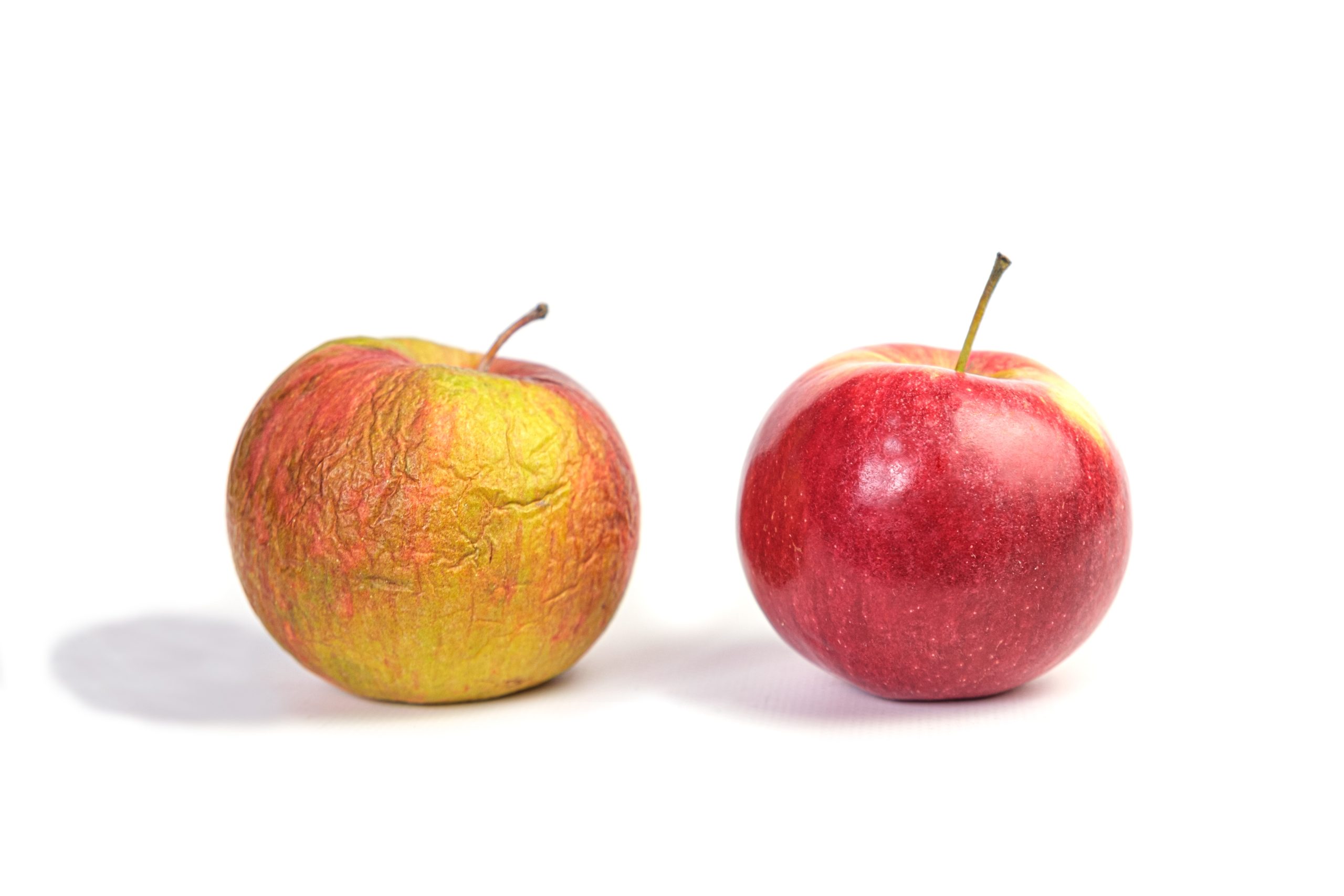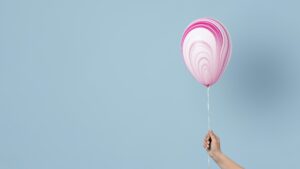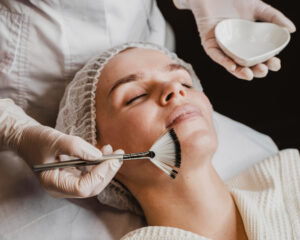
Polylactic acid is a synthetic polymer of lactic acid produced through its polymerization, obtained from the fermentation processes generally carried out by the bacteria of Lactobacillus. It is widely used in aesthetic medicine in the form of fillers and suspension threads as an alternative to plastic surgery. Its success is to be found in its interesting properties. It is a synthetic, biodegradable, absorbable and immunologically inert polymer, whose task is to stimulate the production of collagen, a fundamental protein for skin tissues.
It is a valid alternative to facelift, used to successfully correct the imperfections of the face. It is used for the treatment of chin, marked dark circles, cheekbones, acne scars and to reduce the depth of facial folds and wrinkles, giving a more toned, compact, and smoother appearance to the skin. Unlike other fillers, it is not injected directly into the wrinkle, but rather in the entire area. The purpose is not so much the filling, but the volumization and restructuring of the skin. A vigorous massage of the treated areas for the next 7/10 days is crucial to avoid small accumulations of product under the skin that are not visible, but palpable. The peculiar characteristic of the polylactic acid is to increase the thickness of the dermis due to the formation of neo collagen. In other words, the microparticles of polylactic acid are covered with a collagen mousse produced by the patient himself which thickens the dermis and increases the subcutaneous tissue. This creates a light, medically controlled foreign body reaction which, as we have said, causes the formation of collagen. It is not a normal collagen, but it is rather a fibrotic collagen particularly useful in cases of atony. So, when it is reabsorbed, the collagen formed in the body will give a much longer lasting filling appearance.
Recently, the polylactic acid has been greatly requested for the filling and remodeling of the buttocks. The most used injection technique is certainly through cannula, which, unlike the needle, is much safer and allows a more homogeneous diffusion of the product itself. To avoid side effects, it is important to rely on expert and highly qualified aesthetic doctors. In the immediate post-treatment, it is possible to have redness in the treated area, bruising, edema, and hematomas which will be absorbed in a few days. The treatment is not recommended in the case of autoimmune diseases, neoplasms, diseases, or infections of the skin and, last but not least, avoid injecting it in case of pregnancy, breastfeeding and in subjects sensitive or allergic to this substance.
Scopri il nuovo corso dedicato cliccando qui.





